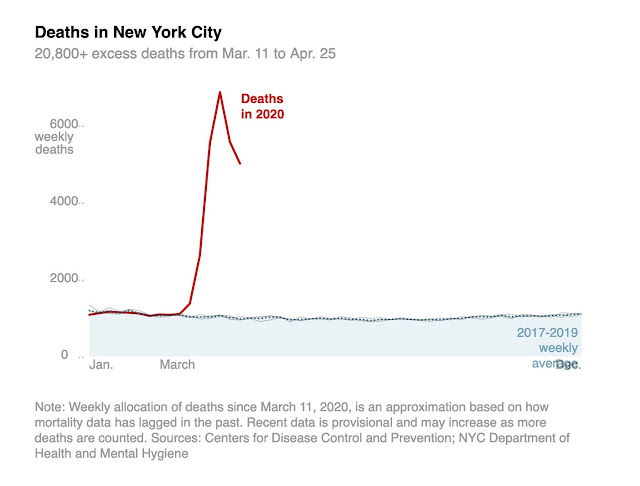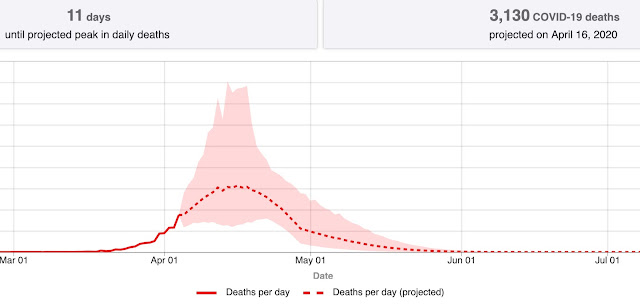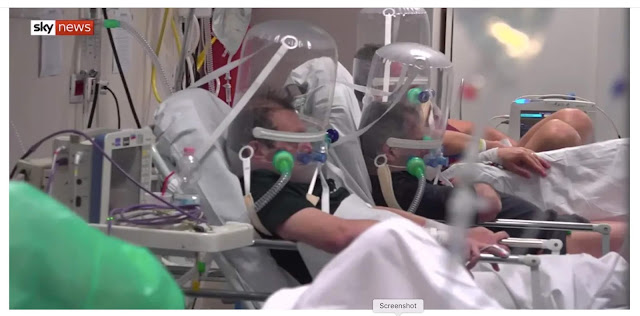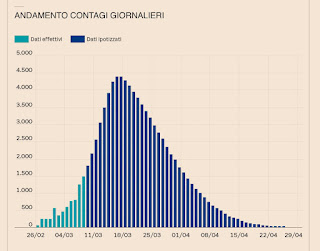May 5: Italy's path back
Italy was viewed for a while as an example NOT to follow... quite the contrary! Yes, I’m biased, as that’s my native country, but the facts of Italy’s behavior, both at the level of government and people, during this pandemic cannot be denied. This article explains very well what has been happening as Italy is starting its own (deliberately slow) path to opening up. As Italians move toward a less stringent regimen to minimize their exposure to the coronavirus, they can take pride in an unusual collective effort. nytimes.com Opinion | How Italy Coped, and Will Keep Coping As Italians move toward a less stringent regimen to minimize their… As Italians move toward a less stringent regimen to minimize their exposure to the coronavirus, they can take pride in an unusual collective effort.













